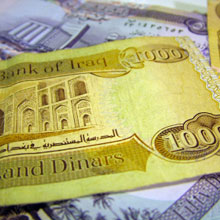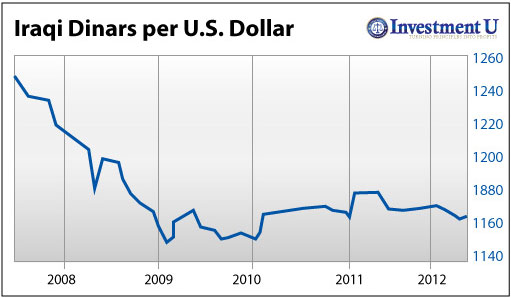By David Banister, ActiveTradingPartners.com
One of the most common questions I field from my forecast and trading subscribers is can we buy Gold stocks yet? We have seen Gold consolidating and correcting following a 34 fibonacci month rally that I discussed last fall was going to top out around 1900 per ounce. This type of rally went from October of 2008 to August of 2011 and we saw Gold rally from $680 to $1900 per ounce during that time.
In order to work off the bullish sentiment that was at parabolic extremes, Gold is required to spend a reasonable amount of time in relation to the prior 34 month move to wash out the sentiment and create a strong pivot bottom. While this continues, the Gold stock index has taken it on the chin as money rotates out and into other hot areas like Technology and the Internet 2.0 social media boom. To wit, the GDX ETF peaked out last fall around 67 and current trades under 47 as of this writing.
However, there may be a silver lining developing in those dark mining stock clouds very soon. It does appear that we are in the 5th and final wave of this pessimistic decline in Gold stocks per my GDX ETF chart below. A typical bottoming pattern ends after 5 clear waves have taken place, and in this case I have targets between $43-$47 per GDX share for a likely pivot low in Gold stocks. Contrarian investors may do well to begin picking the better names in the sector and “scaling in” over the next short period of time.

Gold itself has recently corrected from 1793 per ounce to 1620 in the last several weeks. This has spooked the crowd out of Gold and put further pressure on the Gold mining stocks as well. Should Gold hold the $1620’s area and rebound past $1691 you will see the Gold stocks take off just ahead of that and from these 43-46 levels on the GDX ETF provide very strong returns to investors with the iron stomachs.
The best way to make money long term in the market and to grow your capital is to develop a method where you can define your risk levels within reason near the apex of a downside move, and then scale into that final apex and catch the rally on the upside. This is difficult to do but at my ATP service we have developed a strong methodology that takes advantage of “herd behavioral characteristics” and takes advantage of typical panic selling and panic buying to do just the opposite. We have not yet bought into the Gold Stock sector but I assume fairly soon we will be dipping our toes in the water while others have all rushed out of the sector right near the apex lows.
David talks live about MRM method
You can also download the mp3 audio file for this interview on your computer by clicking here WITH A RIGHT BUTTON CLICK and selecting SAVE FILE AS from the drop down menu.
Consider joining us for 90 days trial period and play along. We provide all the alerts in real time via Email and internet posting. We provide daily updates on all positions and 24/7 Email access to me for any questions. By David Banister, ActiveTradingPartners.com



